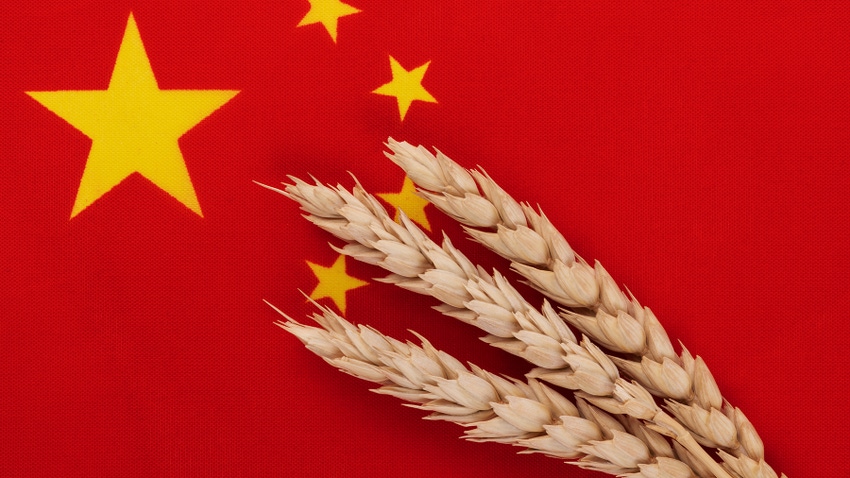
Between early October and mid-December 2023, China gifted the U.S. a fantastic series of early Christmas presents – seven large daily flash sales totaling 60 million bushels. In fact, through the week of December 1-7, the large Chinese orders (41M bu. or 75% of the weekly haul) contributed to the largest weekly total for new U.S. wheat export orders in history – which was 55 million bushels, to be exact.
Prior to those export orders, U.S. wheat prices had been in somewhat of a freefall. In late November 2023, nearby Mar24 Chicago soft red winter wheat futures contracts had fell to a three-year low. Mar24 Kansas City hard red winter wheat futures contracts also bounced to a two-year low and the Mar24 Minneapolis spring wheat contract dropped to a two-and-a-half year at that time.
U.S. wheat exports are on track so far in the 2023/24 marketing year to hit their smallest recorded volume since the pre-Soviet Grain Robbery in 1971/72. So, the atypical Chinese wheat purchases over the past couple weeks will go a long way in boosting U.S. wheat export prospects, especially as shipping pressure remains high from competing countries (Russia, Ukraine, Australia).
China is expected to be the world’s largest wheat importer this year (2023/24) after untimely rains during harvest season damaged wheat quality for human consumption. China will likely continue to scour the world for cheap wheat in the coming weeks, so keep an eye on the wheat market for more price action.
Furthermore, money managers (hedge funds, outside investors) took a significantly large net short position on U.S. wheat contracts in late 2023 as Black Sea supplies dominated the global balance sheet. The large short position held by money managers exacerbated downward price activity in the wheat market in the last third of 2023 as these traders changed their focus to short-covering investing strategies.
But the uptick in Chinese purchases of U.S. wheat could help to reverse some of that trend. The early December 2023 wheat rally will likely reduce the funds’ short position on wheat and could help reduce some of the downward price pressure wheat has faced since this last summer. It’s not a guarantee of a rally, but it is a sign that a new low could be in for U.S. wheat markets.
Homegrown strength
Through the last week of November, USDA reported winter wheat conditions at 50% good to excellent. Market watchers were slightly surprised at how much winter wheat conditions improved during the fall season, even as dryness persists in top U.S. wheat producer Kansas.
Regardless, 2024 U.S. winter wheat conditions are off to their best start in four years. And there’s more reasons for wheat growers to be optimistic about next year’s crop – El Niño winters, such as the one we are currently experiences, typically favor more moisture in the Plains.
With the improving supply outlook for the U.S. winter wheat crop, market focus quickly turns to potential demand. Domestic milling usage between July 2023 and September 2023 (the most recent dataset available) fell 3% lower than year ago volumes, meaning that other sources of consumption will be needed to continue wheat’s rally into the new year.
But there is room for optimism to stay alive for wheat markets – livestock consumption of wheat in the U.S. will reach 120 million bushels in 2023/24 – the highest volume of wheat fed to cattle since 2016/17. Plus, the fresh demand from China – and hopefully from other global buyers in the new year – is likely to improve U.S. wheat’s prospects in the global market through the first half of 2024.
About the Author(s)
You May Also Like






